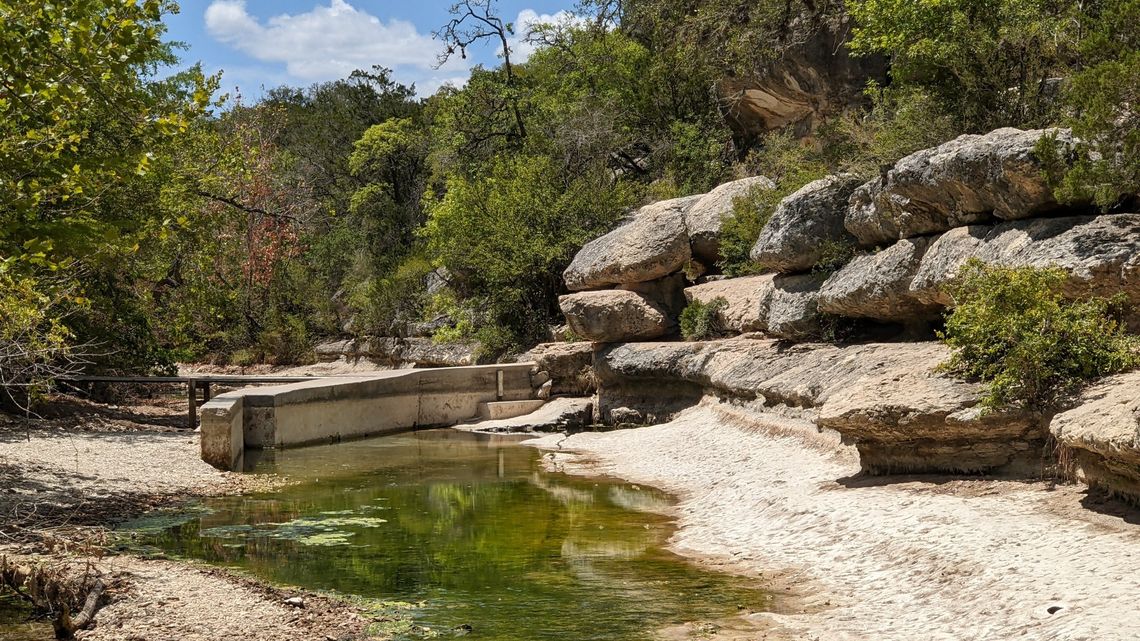‘It kind of is the lifeblood of Wimberley’
PLEASE LOG IN FOR PREMIUM CONTENT. Our website requires visitors to log in to view the best local news.
Not yet a subscriber? Subscribe today!

‘It kind of is the lifeblood of Wimberley’